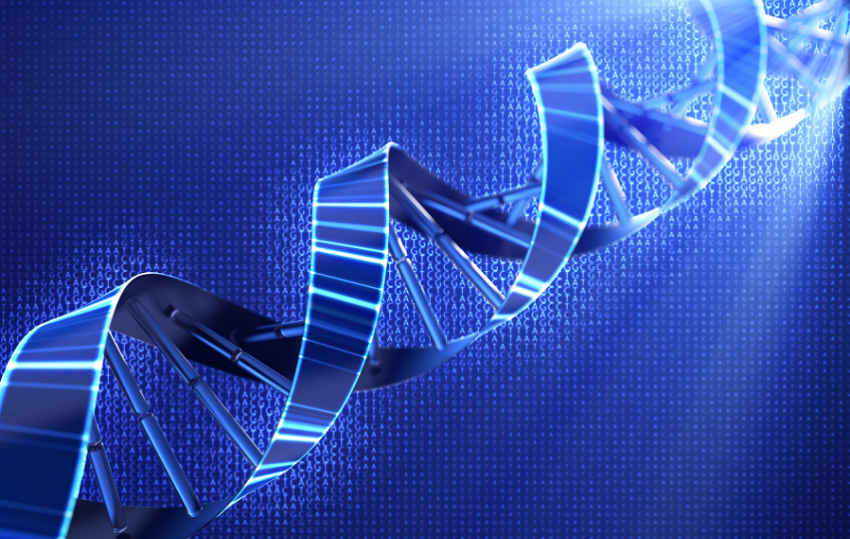Since the possibility of DNA data storage was opened, more scientists and innovators are thinking of ways on how to leverage the technology to save on costs and energy. Microsoft signaled a green light to try DNA-based storage and address the growing digital data requirements.
The tech giant has partnered with two biotech companies to create a new, improved DNA-based storage to make it more commercially viable. This move allows more advanced data storage, without the need for massive data centers, like what enterprises are using today.
Western Digital recently joined the partnership, providing various storage requirements and options to the table. These four companies are hoping to work together to ‘standardize’ or promote DNA storage, considered the future of data storage.

The partnership, known as the DNA Data Storage Alliance (DDSA), will adopt the potential future DNA-based storage system. With the exponential growth of data from different applications, backups, and capabilities, these companies are searching for a way to commercialize DNA storage.
According to DDSA, this new technology or format will be durable, and highly useful for long-term storage. Because DNA is pretty dense, it can fit ten full-length digital movies into a volume that’s a size of a single grain of salt.
Twist Bioscience co-founder Dr. Emily Leproust said “DNA is an incredible molecule that, by its nature, provides ultra-high density storage for thousands of years.” A simple mechanism allows great potential in storing massive files and documents.
Synthetic DNA
The core of the alliance is mainly for creating or manufacturing DNA storage on a silicon chip. So far, Microsoft has already leveraged the system in working for a solution.
“In collaboration with [the] University of Washington, we have demonstrated a fully automated end-to-end system capable of storing and retrieving data from DNA, and we have separately stored 1GB of data in DNA synthesized by Twist,” said research manager Dr. Karin Strauss.
The process involves converting the digital data into a DNA sequence, then encoded in segments that are 200 to 300 bases long. Using the error-correcting algorithms, the new system ensures an error-free recovery of data.
Tangible solutions can emerge from this collaboration, but DNA storage trials will only start in 2024. About 30 percent of businesses can shift to this new technology later on, with data emerging from different apps.
















